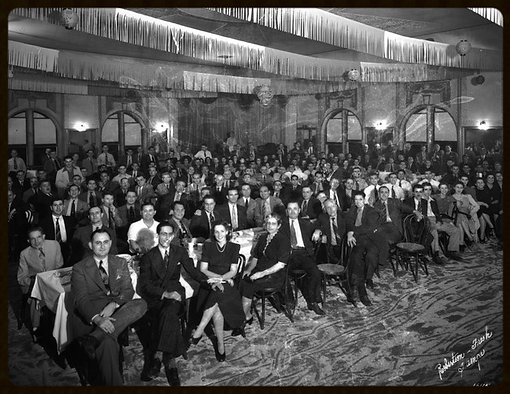Grandfather believed that riding in the Dodge to the Cuban Club meant putting on airs, and to do so with a man who was a foreman was to revel in a social distinction that he had to acknowledge existed but would not bow to. To attend only the Cuban Club and to walk there were acts of class politics for Grandfather.
Social distinctions among the cigarmakers of Ybor City? Yes. At sixteen all that occupied me were the oppressive differences between us in Ybor City and the Americans I first met in high school. Yet I knew, as a fact of life, that Uncle Candido went to the Centro Asturiano, at whose canteen you met Spaniards with better jobs, and Cousin Pancho to the Centro Español where the Spaniards who gathered there were livelier and more democratic; while Abel and Grandfather naturally went to the Cuban Club where no foreman ever entered (and where they were less strict about Cuban blacks) except on gala feasts to enjoy the superior rumba bands.
The Truth About Them, pp. 59-60
The Social Clubs of Ybor City
Immigrants to Ybor included those of Cuban, Spanish, and Italian descent. As Jose Yglesias notes in "The Radical Latino Island of the South," Ybor's cigar workers organized more than unions - they created social clubs and built hospitals as well. Doctors working at the hospitals collected a portion of monthly dues, but did not charge club members for their services. The Circulo Cubano, Centro Español, Centro Asturiano, and L'Unione Italiana were popular social clubs during Yglesias's time, and are still cornerstones of Ybor City's cultural community today. These clubs featured libraries, gyms, dance halls, auditoriums, and canteens, which hosted groups of men after the workday. According to Yglesias, all officers and committees within the social clubs were elected by popular vote, and none earned a salary.
Ybor's social clubs often faced off with U.S. and Florida laws, such as when the American Medical Association opposed doctors essentially working for free. Yglesias explains that a fifth social club, Sociedad La Union Martí-Maçeo, demonstrates the harsh compromises made between Ybor and Florida law. He writes, "The members of this club were, in the main, black Cubans whom Jim Crow kept out of the others. They worked side by side with whites in the cigar factories and they were sometimes surreptitiously accepted as members of the Circulo Cubano, but they could not attend social functions at any or be hospitalized at the Español and Asturiano."

Inside one of Ybor City's social clubs. Photo courtesy of Special & Digital Collections, Tampa Library, University of South Florida.

An exterior view of a Ybor City social club. Photo courtesy of Special & Digital Collections, Tampa Library, University of South Florida.


